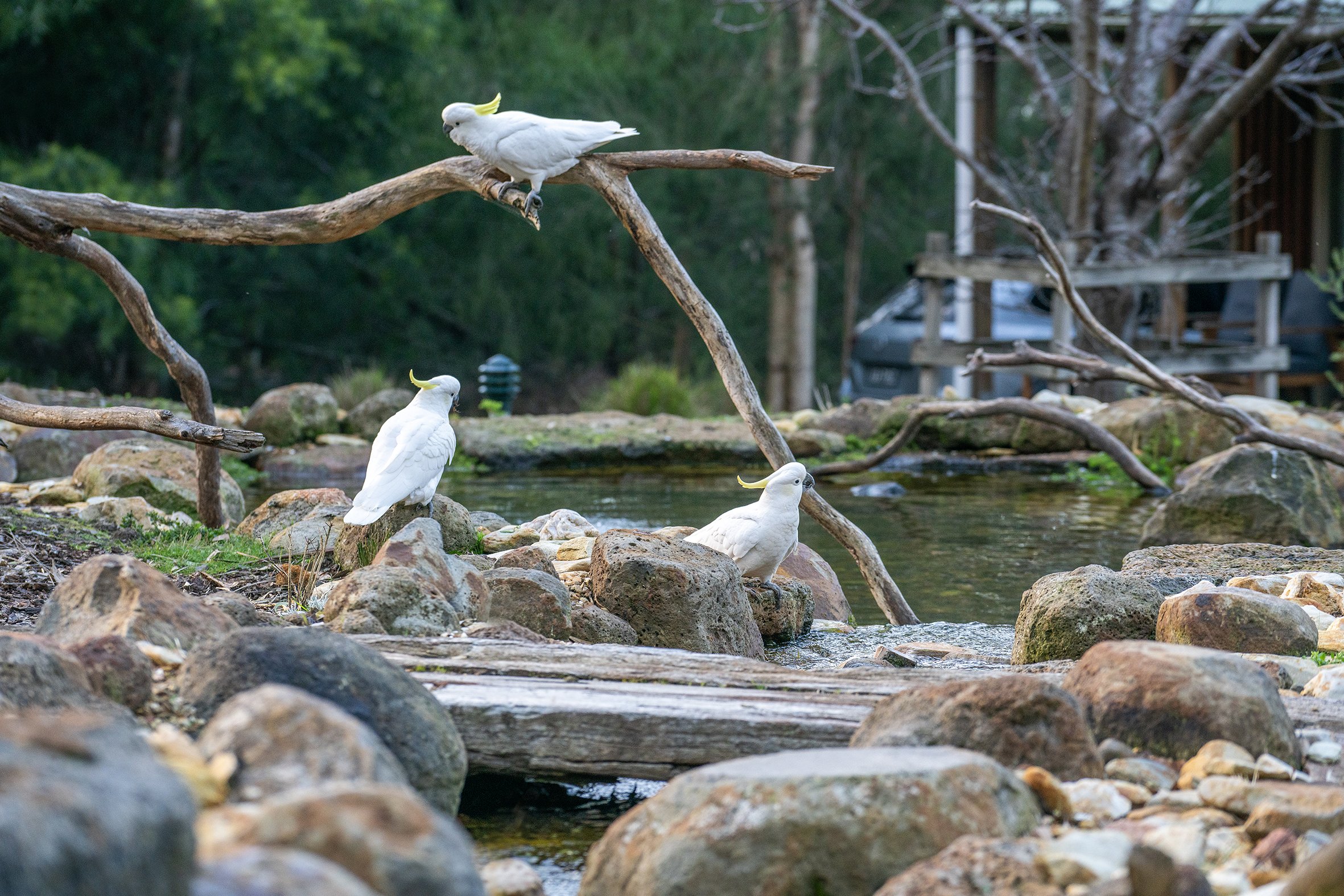Understanding Evaporation and Water Loss
Hey there, Pond People!
Water loss in ponds is a common concern for many pond owners, often leading to confusion between natural evaporation and leaks. Understanding the processes involved in evaporation and how to manage it effectively is essential for maintaining a healthy pond environment. Let's splash into the world of ponds and explore how water loss works and what you can do about it.
What's Evaporation Anyway?
Evaporation is a natural process wherein water transitions from a liquid to gas and disperses into the atmosphere. Temperature and wind are the primary environmental factors influencing evaporation rates. As temperatures rise, and wind speeds increase, water loss accelerates. To provide clarity, let's examine expected evaporation rates based on temperature fluctuations:
Temperature Daily Drop (cm) Weekly Drop (cm)
20-25°C (68-77°F) 0.5-1 2.5-5
26-30°C (78.8-86°F) 1.5-2 7.5-10
31°C+ (87.8°F+) 2.5-5 15-30
Apart from temperature and wind, several other factors contribute to water loss in ponds:
Water Movement: Features such as waterfalls and streams enhance evaporation rates.
Surrounding Plants: Plant roots entering the pond can also lead to noticeable water losses.
Managing Water Loss
To effectively manage water loss, consider the following strategies:
Topping Up: Regularly top up your pond to compensate for evaporation. Small amounts at regular intervals are healthier for your ecosystem, avoid adding large amount of water at once.
De-Chlorination: If using tap water in large amounts, consider de-chlorinating it before adding it to the pond. We recommend Aquascape’s Pond Detoxifier.
Rainwater Harvesting: Utilise rainwater to reduce dependency on tap water.
Shade and Wind Protection: Provide shade and wind breaks to mitigate evaporation caused by environmental factors.
Identifying Leaks
If you suspect a leak in your pond, follow these steps:
Turn Off Equipment: Switch off all equipment for 24 hours.
Mark Water Level: Place a marker at the water level.
Monitor: After 24 hours, record the water level and turn equipment back on.
Contact Us: If the water level is significantly lower than expected, reach out to us to arrange a visit.
Conclusion
Understanding the factors influencing evaporation and implementing appropriate management strategies is crucial for maintaining the water levels and overall health of your pond. If you have any questions or need further assistance, please don't hesitate to reach out.
Thank you,
Tina
Bell Water Gardens
Administration and HR Manager
Email: bellswatergardens@gmail.com
Phone: 03 5345 7050
Address: 846 Gillies Rd, Bald Hills VIC 3364
This blog post aims to clarify misconceptions about water loss in ponds, providing practical tips for managing evaporation and identifying leaks. By understanding these processes, pond owners can ensure the longevity and health of their aquatic ecosystems.

